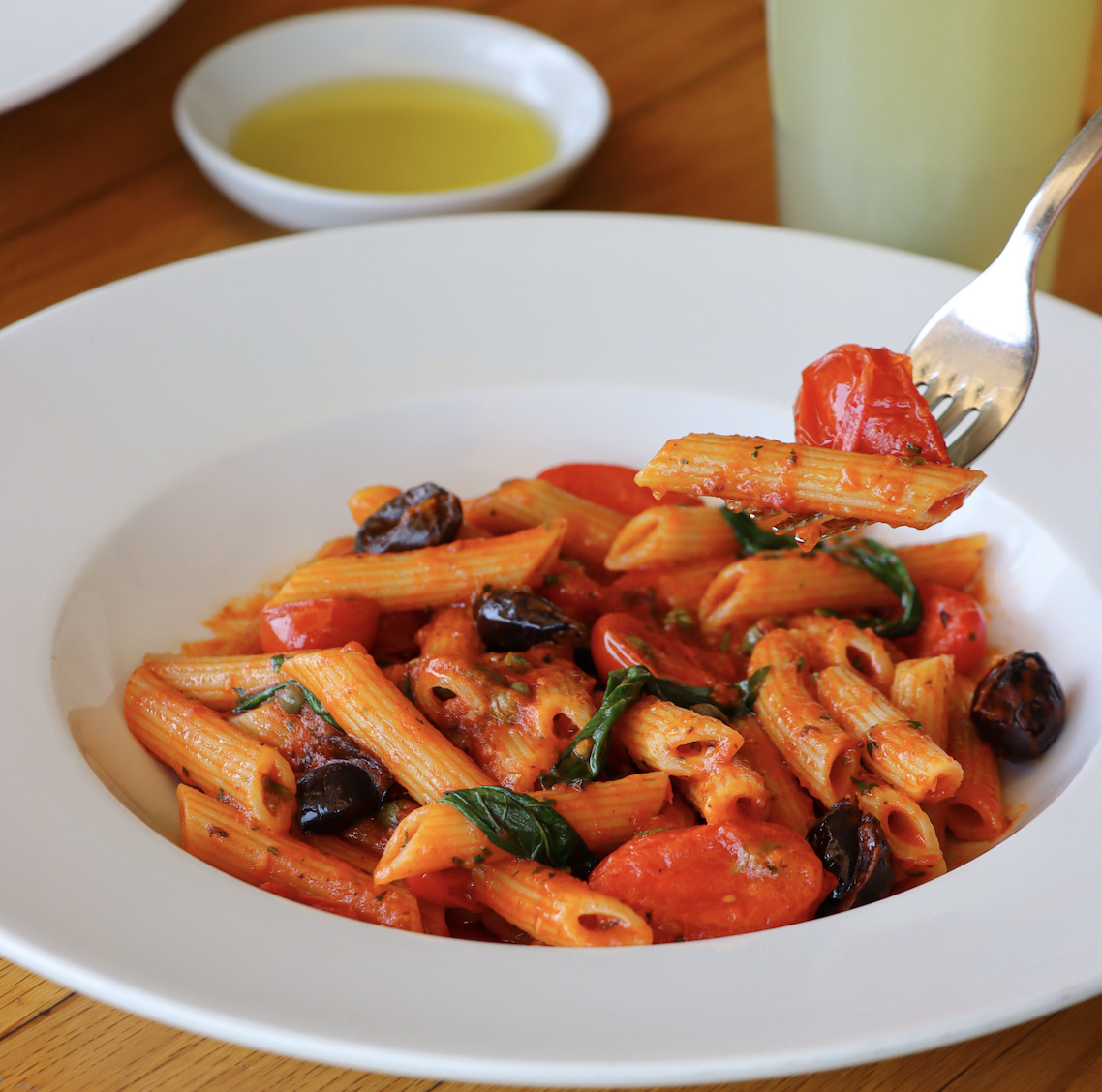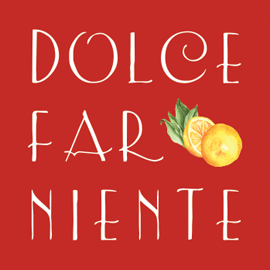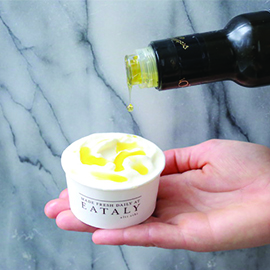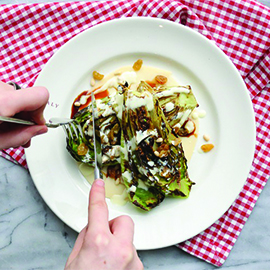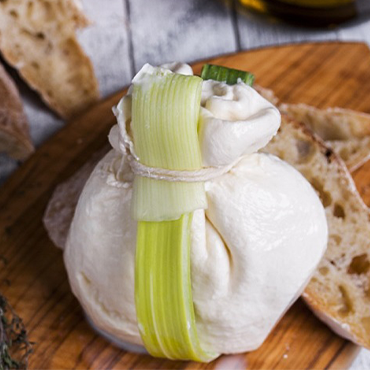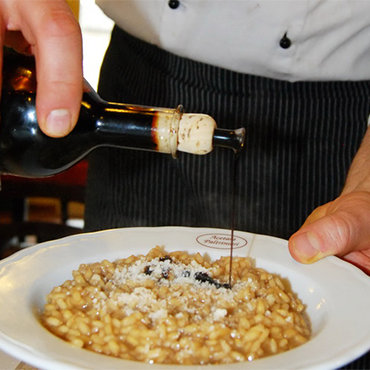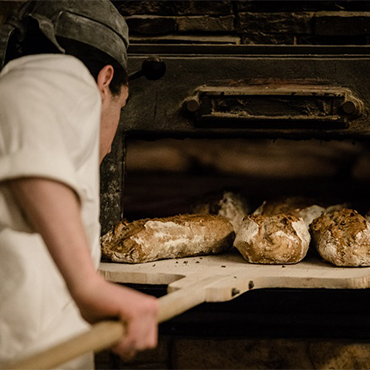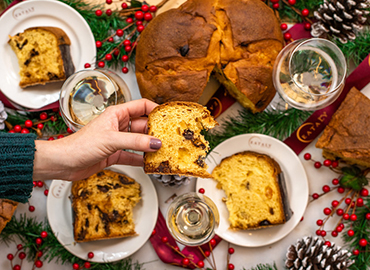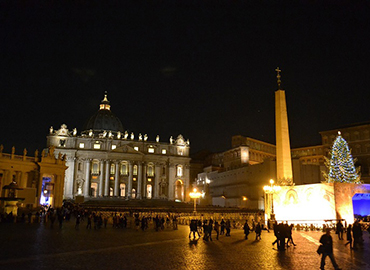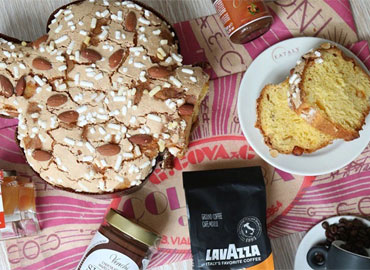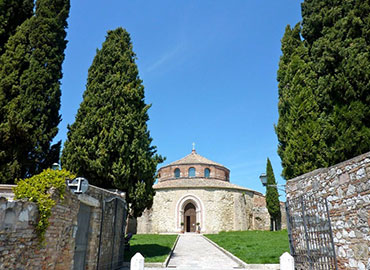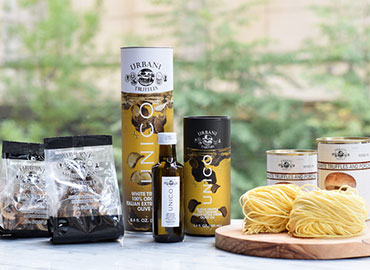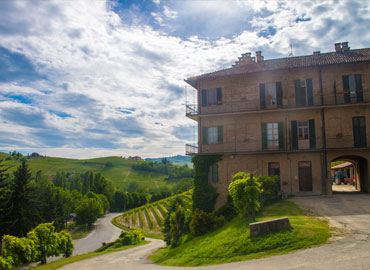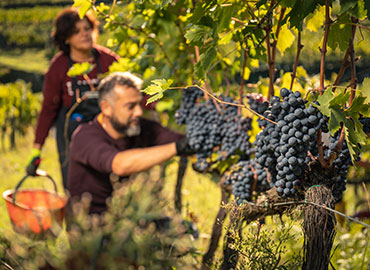Discover Eataly
Discover Parmigiano Reggiano DOP

You’ve probably enjoyed Parmigiano Reggiano dozens of times grated atop your pasta. But do you know how this world-renowned cheese is made and where it comes from?
Known as the "King of Cheese," Parmigiano Reggiano is a category all of its own, not to be mistaken with the “parmesan” name you see on many labels denoting imitations. What makes this cheese so special? Let's discover the story of Parmigiano Reggiano DOP!
LONG, LONG AGO...
Legend has it that Parmigiano-Reggiano was first created during the Middle Ages in Bibbiano, a small town located in the central province of Reggio-Emilia. Nearby Benedictine monks had been searching for a way to preserve their precious milk longer. and in doing so, made cheese. They eventually developed a technique to create an aged cheese, and thus was born Parmigiano Reggiano.
The hard, granular cheese quickly became popular throughout Italy and Europe. Production spread into the Parma and Modena provinces and the cheese was soon traded to surrounding regions and countries. The very first recorded mention of Parmigiano Reggiano was in 1254 A.D. when a noblewoman from Genova actually traded her house in order to have a yearly supply of 53 pounds of Parmigiano Reggiano cheese. We don’t blame her!
During the 14thcentury, Parmigiano Reggiano was mentioned once again in Giovanni Boccaccio’s famous Decameron. When describing an imaginary town called Bengodi, he wrote that there was “a mountain of grated parmesan cheese” where “dwell folk that do nothing else but make macaroni and ravioli, and boil them in capon’s broth, and then throw them down the mountain.”


EMILIA-ROMAGNA scenery regionpasta-handmade-wood-board-emilia-romagna-web
Today, the recipe and technique for making Parmigiano Reggiano cheese differs very little from the way it was made centuries ago. Production can only be carried out in five select provinces: Parma, Reggio-Emilia, Bologna (left of the Reno River), Modena, and Mantova (right of the Po River). Approximately 350 small dairy farms produce more than 3.6 million wheels per year which are exported throughout Italy and the world.
HOW IS IT MADE?
Parmigiano Reggiano cheese is made with just a few simple ingredients: raw, unpasteurized cow's milk, sea salt, and rennet (a natural enzyme produced by calves). Nevertheless, don't be fooled by this simple ingredient list. Each wheel of cheese requires a lot of time, passion, and expertise.
The production process begins very early in the morning with the milking of grass and hay-fed dairy cows. The fresh whole milk is mixed with naturally-skimmed milk from the evening before. It takes roughly 137 gallons of unpasteurized cow’s milk to make a single wheel of cheese.
This part-skim milk is pumped into copper-lined vats and slowly heated. The copper allows the cheesemaker to control the temperature more precisely. Rennet is added, causing the milk to curdle and separate into curd and whey. After 10 to 12 minutes, the cheesemaker breaks up the curds into tiny grain-like pieces using a giant whisk. The mixture is heated to about 130°F and the curd is left to settle for 45 to 60 minutes.
Next, two to three cheesemakers collect the curd in a large cheesecloth, lifting it up out of the copper vat to separate it from the remaining liquid whey. Each batch produces enough curd for just two wheels, so the cheesemakers must divide the curd in half by cutting it with a rounded knife. Each half is wrapped in its own cheesecloth before being lifted up out of the vat entirely.
After that, the cheesemakers place the cloth-wrapped curd into round molds which are closed shut with a spring-powered buckle in order to retain the cheese’s shape. A weight is placed on top and the cheese is left to rest, allowing the liquid to drain.
Parmigiano_reggiano_factory
Ever notice the words imprinted on the rind of the Parmigiano Reggiano wheel? A customized plastic belt containing the Parmigiano Reggiano name (printed over and over again), the factory’s number, and the month and year the cheese was made is wrapped around the cheese for about two days in order to imprint the signature name on the rind.
Once the cheese has become hard enough to stand on its own, each wheel is sent off to a brine bath, a room full of warm water mixed with Mediterranean sea salt. It is left to brine for about 20 to 25 days. This process is essential to giving the cheese its distinctive salty flavor.
Finally, the wheels are placed on wooden shelves and aged for a minimum of 12 months and up to 36 months. Every seven days, the cheese wheels are rotated and cleaned either manually or with a special machine. The final wheel weighs about 100 pounds!
At 12 months, the Consorzio Parmigiano Reggiano, the governing body that regulates that standards of Parmigiano Reggiano, inspects each wheel. To test its quality, the representative taps each wheel and checks to make sure there aren't any cracks or holes. Once it passes the test, it is given the stamp of approval (literally!) and can now be deemed the title Parmigiano Reggiano DOP.
OK, BUT HOW DOES IT TASTE?
Parmigiano Reggiano has a sharp and complex flavor. Its intense savoriness is balanced out by fruity and nutty notes. It has a signature texture that is slightly gritty, thanks to the salt crystals which become more pronounced throughout the aging process.
Speaking of age, the flavor and texture of Parmigiano Reggiano differ depending on how long it's aged. A 12-month old cheese will be lighter in flavor and smoother in texture while a 36-month old cheese will boast more complex flavors, a stronger salty kick, and a more granular texture.
No wheel of Parmigiano Reggiano cheese is exactly the same. Since it is an artisan product produced all year round, there is variability with the season and the day.
BACK TO THE TABLE
So how can you use Parmigiano Reggiano cheese? Let us count the ways! Excellent served on its own as snack or antipasto, Parmigiano Reggiano cheese can be grated over pasta and risotto, shaved atop salads, or stirred into soups, broths, and sauces to add depth of flavor. Try our favorite recipes that use Parmigiano Reggiano below.
Agnolotti in Brodo di Parmigiano Reggiano (Veal-stuffed pasta with Parmigiano Reggiano Broth)
Brodo di Parmigiano Reggiano DOP (Parmigiano Reggiano Broth)
Cicorie alla Griglia (Grilled Chicory Salad)
Gnocchi alla Romana (Roman-style Gnocchi)
Risotto ai Funghi (Mushroom Risotto)
Parmigiano Reggiano Snaps (Savory Parmigiano Reggiano Chips)

AgnolottiParmigianoBrodo_IG_Story
Buon appetito! Now that you're an expert on Parmigiano Reggiano DOP, explore the world of Italian formaggi with our cheese guide.


